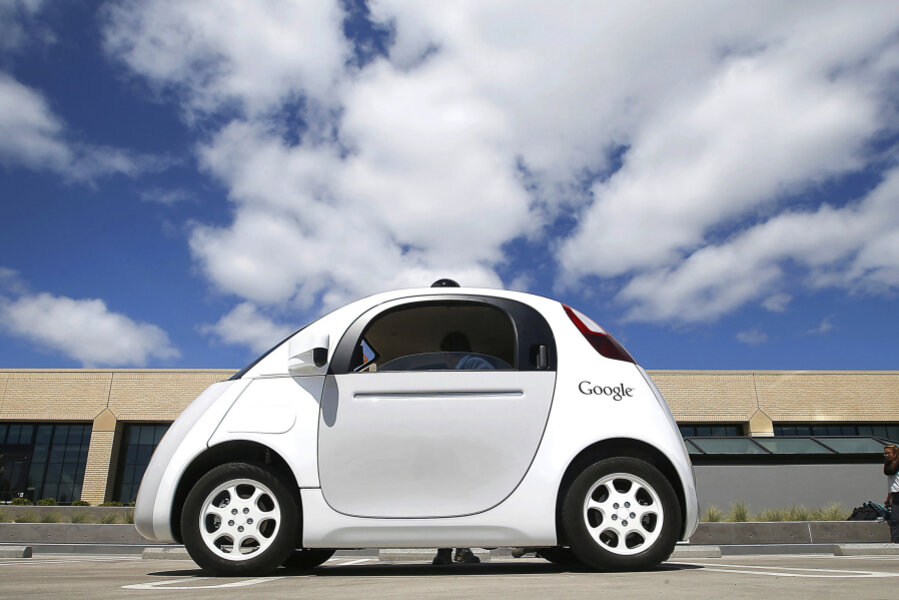Why Google's cars drive three million virtual miles a day
Loading...
Google often boasts that its self-driving cars have logged over a million miles on public roads in Mountain View, Calif., and Austin, Texas. But that distance pales in comparison to the amount of virtual driving its fleet does: 3 million miles each day, according to the company’s Self-Driving Car Project Monthly Report for January.
The driving, which takes place on software-simulated roadways, allows Google to tweak thousands of variables. How would the car behave if the road were slick with ice, or if the pavement were riddled with potholes? If another car suddenly veered into the lane, would the software be able to react in time to prevent a crash?
Google engineers run specific scenarios over and over again, tweaking parameters to make sure that the cars behave as expected each time.
“If the simulator shows better driving is called for, our engineers can make refinements to the software, and run those changes in simulation in order to test the fixes,” Google wrote in the report.
Virtual driving also allows Google engineers to test new software features before implementing them in real life.
“Our engineers are regularly adding new capabilities and refining the car’s driving by making improvements to the software,” Google wrote. “Before we roll out any change to our fleet of cars, we first test it extensively in this virtual environment.”
For example, the company adjusted the angle at which its cars make left-hand turns to make them more comfortable for passengers. Before modifying the software, Google simulated more than two million miles driven with the new angle to make sure it didn’t introduce unexpected behavior.
The simulated driving takes place inside huge data centers at Google’s headquarters in Mountain View. The simulator stores more than two million miles of virtual roadways, and when Google makes a change to the software, the simulator allows cars to re-drive those miles to compare current behavior with past performance. This simulation, Google says, translates into safer real-world driving, since self-driving cars will have handled difficult scenarios thousands of times in the simulator before they encounter them on the road. Google also uses the simulator to recreate real-world incidents when a human driver had to snatch control of the car, and judge whether the car’s behavior could have been improved.
Since testing began in 2009, Google’s self-driving cars have gotten into 14 minor accidents over 1.8 million miles of driving. Google says human drivers, not self-driving software, were to blame in each case.
“Our self-driving cars are being hit surprisingly often by other drivers who are distracted and not paying attention to the road,” project leader Chris Urmson wrote in a blog post last summer.








